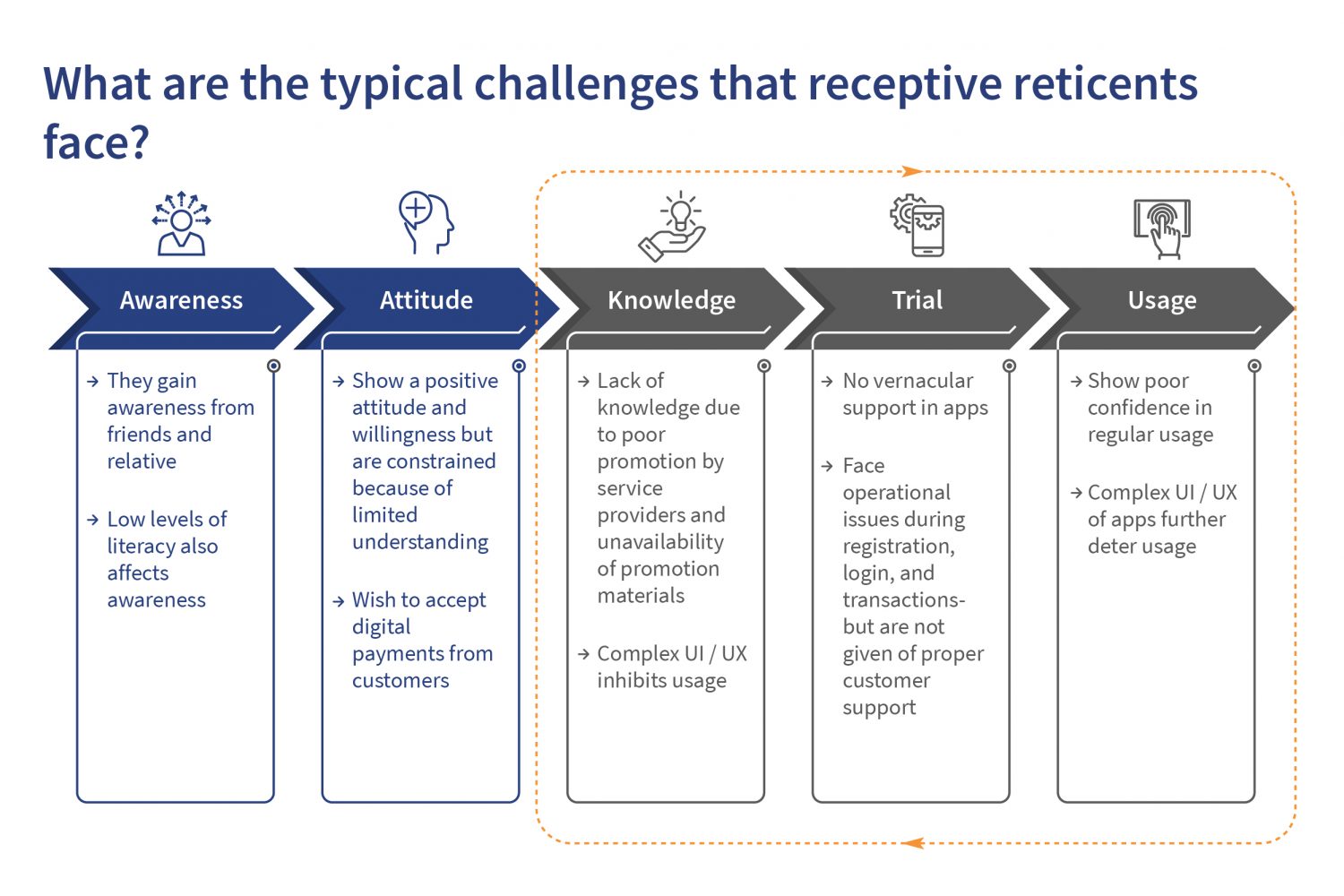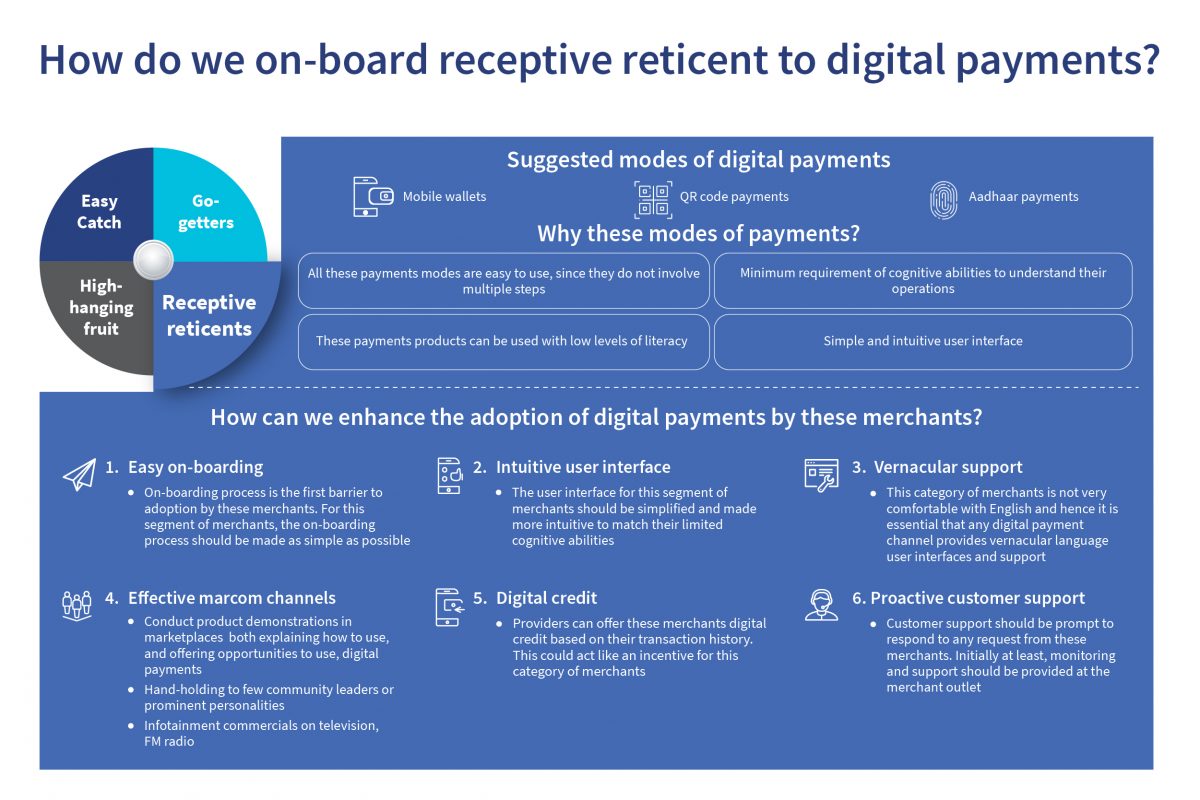In the previous blog, we looked at the evolution of the industry from microcredit to financial health, from analog to digital and the opportunity to link digital financial services to the real world economy. .
4. The influence of Silicon Valley
The digital revolution has resulted in an unquestioning veneration of almost anything that emerges from Silicon Valley. Diligent market research has been replaced with rapid human-centered design (HCD) exercises that use a handful of interviews to derive insights and build product concepts for rapid iteration. It seems a long time since I was berated roundly for suggesting that product development needed a qualitative rather than a quantitative approach to understanding customers’ needs.
Form over substance
Core to HCD and design thinking is the production of breathtakingly beautiful reports. MicroSave helped one design firm conduct 18 individual interviews, based on which it went away and developed 12 product concepts wrapped in a most extraordinarily engaging and exquisitely presented report. The development and production of the report took a full 50% of the days allocated for the project. The donor was deeply impressed. The financial services provider was deeply impressed. That is, until two weeks later, when MicroSave got a call asking, “What do we do with this report?” To which the answer was “Conduct more research to narrow down the options to three or four and then test them on an iterative basis”.
In a more recent collaboration, the HCD firm flew into India from the US with a series of preconceived ideas and then spent a few days and 13 individual interviews to find and photograph or shoot video evidence to corroborate them. The result was a tremendously impressive web-based report full of emptiness.
“Pivoting”, which involves having to rework a solution completely, seems to be seen as a badge of honor rather than an indication that the solution was built on inadequate research—of both demand- and supply-side issues). It is not coincidental that so many HCD-informed projects flounder on the rocks of supply-side reality and do not progress beyond the pilot stage.
Similarly, there is an almost religious belief in labs and fintech as the way, the truth, and the light. They are viewed as the solution to all the challenges we face as we seek to provide meaningful financial services to the 2 billion people who remain unbanked.
Winners and losers in the global app economy
“In the international development community we have been hugely excited by the potential of the app economy for the past five years or so, and there have been many app training programmes, app competitions, coding boot camps and articles about how places like Nairobi have become a ‘Silicon Savannah’. But we are aware that app platforms, although ostensibly neutral and meritocratic, are far from level playing fields, and the brutal Pareto’s Principle that guides how few apps survive on the top ten list within the app stores means that few are making any money at all” – Caribou Digital
However, to date at least, few labs outside the developed world have spawned successful fintech apps that are used at scale—and the vast majority of apps still aim at the affluent market segments and predicated on the users’ access to smartphones.
Yet a recent Mozilla report highlighted that low-end smartphones have limited RAM, which prohibits running many fintech apps. In addition, these low-end devices also typically have hopelessly short battery life, screens that shatter easily, and a persistent problem with “fat finger error” that makes them almost unusable. Indeed, in our fieldwork, we have seen men proudly carrying prestigious smartphones but using them only to make or receive calls and SMSs. We will have to think creatively about access, and may still have a way to go until app-based solutions deliver real value at scale to the low-income market.
However, many of these issues go unnoticed because of the social media-driven hype that blurs distinctions between the aspirations of projects and their actual achievements. Too often, we see the plans for interventions and their expected results promoted as if they were already implemented flawlessly, the outcomes were already in place, and they already benefit large numbers of people.
One of my favorites was endlessly hyped through video, blogs, a focus note, a paper and a workshop, all backed with an enormous number of tweets and newsletters. After three years, and after spending well in excess of USD 1 million, the project had managed to serve marginally more than 3,000 farmers. Furthermore—and perhaps as a result of having hyped it so much—as costs spiraled, the project was not closed. Instead, the agency sought to set up elements of a digital ecosystem to give farmers somewhere to spend electronic value—and to buy the compliance of farmers through subsidies for the digital solution.
In today’s world of social media, some agencies seem to spend more on the promotion of projects than on monitoring and evaluating them to assess their real value and to learn lessons from failures.
5. The arrival of the foundations
The past decade has seen the growing influence of foundations—both individual and corporate— over the sector. This too has changed the nature of the approach to working to provide financial, as well as many other services to low-income households. The foundations have arrived with more flexible approaches to optimizing the development process, more ambition and drive to achieve system-wide results, less fear of failure or the press, and, in the main, less internal bureaucracy, which allows more rapid responses. They have, in many ways, refreshed the development process in a remarkably positive manner.
The foundations bring ambition and are almost invariably looking for evidence-based policy or decision-making, “big ideas”, and quick results in an environment that is invariably complex and often fraught with socio-political nuances.
Optimal ignorance—forgetting old lessons
On a recent field trip, I watched with horror as four well-dressed, enthusiastic Americans (one of whose sole job seemed to be to photograph and video) had set up a classic “sit them on school benches and tell them how to save” financial education program. The “planning sheets” to guide the poor farmers were in English. The accompanying lecture was delivered by indigenous member of staff who spoke the local dialect and the national language (but not English evidently), translating from another who spoke both national language and English, and had learnt the script from his new American friends.
Outside, in an attempt to create a “digital ecosystem” and somewhere for farmers to spend the e-money they really did not want, the Americans had set up a canopy under which a diffident “shopkeeper” was selling a small range of goods. Two hundred yards further up the mud track was a village shop selling exactly the same goods (and more besides) for a more traditional, and desirable, medium of exchange—cash.
Despite these complexities, there is a tendency to assume that US-based or European consultants will deliver better and quicker, with little appreciation of the value and importance of local knowledge, culture, values or language. This can lead to either inappropriate assumptions or conclusions or both, which have detrimental effects on both the development process and outcomes, and leave years of experience and learning ignored and unused. Furthermore, this approach has undone years of laudable efforts by the bilateral donors to indigenize the development process and build a cadre of local experts to underpin a sustainable approach to problem-solving.
Around the time of the emergence of the foundations as the major funders of work on financial services, we saw another clear trend—one that persists and continues to grow. Increasingly, agencies that were originally established to manage the delivery of funds and to oversee projects are morphing. Ironically, many of these agencies promote “making markets work for the poor” and the development of meso-level, local enterprises to support the development of the financial sector on a sustainable basis. However, in their new avatar, these donor agencies blur the lines between the roles and are increasingly implementing rather than just financing projects. In our last competitive landscape analysis, with a few notable exceptions, all of MicroSave’s chief competitors were erstwhile donor agencies. Today, they raise funds from the bilateral donors and foundations and implement projects on their behalf.
So have we made progress?
There is no doubt that we have made significant progress in terms of both the number of people who have been included and the quality of services they receive. But we have a long, long way to go if we are to realize the full potential of the digital revolution to reduce poverty significantly.
Of the many analyses of the impact and value of microfinance, David Roodman’s analysis is probably the most balanced and nuanced. His conclusions are worthy of repetition because they contain important lessons for those of us who pursue economic and social inclusion through the digital revolution. They include:
- “Discourage efforts to lend to the poorest, which, far from automatically improving their lot, will add risk to their already risky lives” and instead “Support moves into deposit-taking, insurance, and money transfers…” This sounds like a restatement of the original strategic vision for MicroSave when we started in 1998. The emergent consumer digital credit industry is, as currently practiced, often predatory and damaging in nature. It could usefully learn lessons from the old microcredit industry.
- “Search for ways to exploit communications technologies to deliver safer and more flexible services than are possible with the low-tech microfinance methods developed circa 1980.” This is a restatement of the strategic shift that MicroSave first made in 2005 and the work that we continue to do on the digital transformation of governments and financial institutions. However, the high-tech digital revolution has the potential to exclude an even higher proportion of the population than the low-tech, high-touch approach ever did.
Roodman concludes, “The microfinance movement got into trouble by allowing its rhetoric to get ahead of the evidence. Only by critically confronting the evidence and the theories used for interpreting it can the movement realize its full potential for helping the poor manage their wealth.” We have not learnt this lesson well enough, and risk waltzing into the same problems if we continue to prefer public relations over steely-eyed evaluation and self-critique.
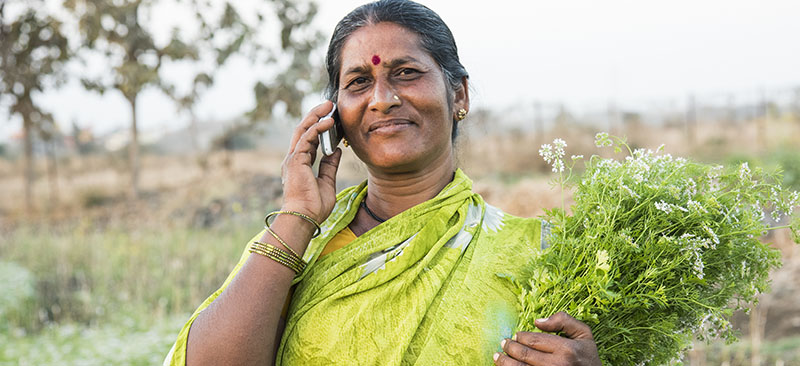
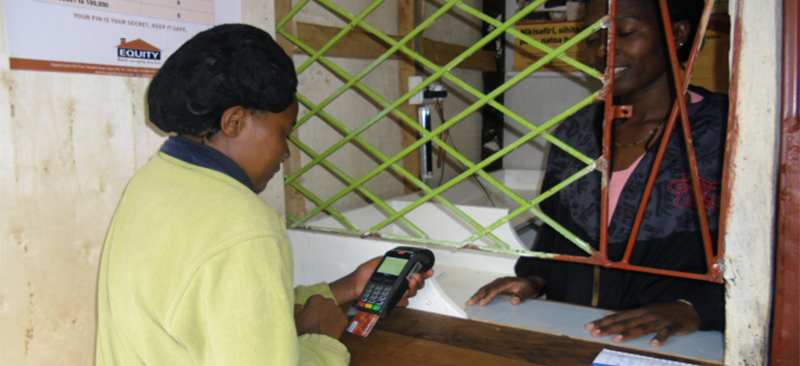
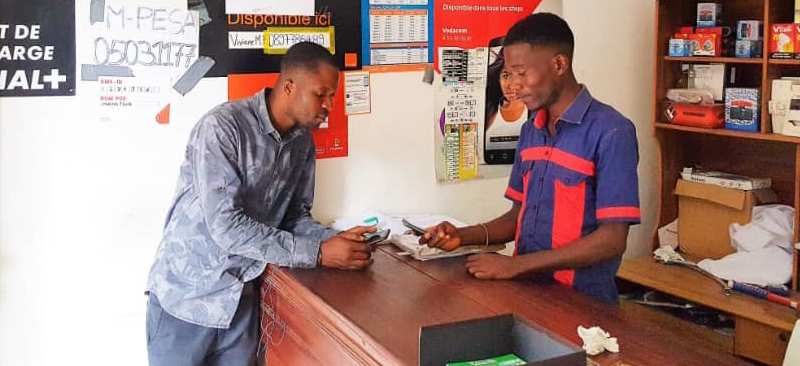
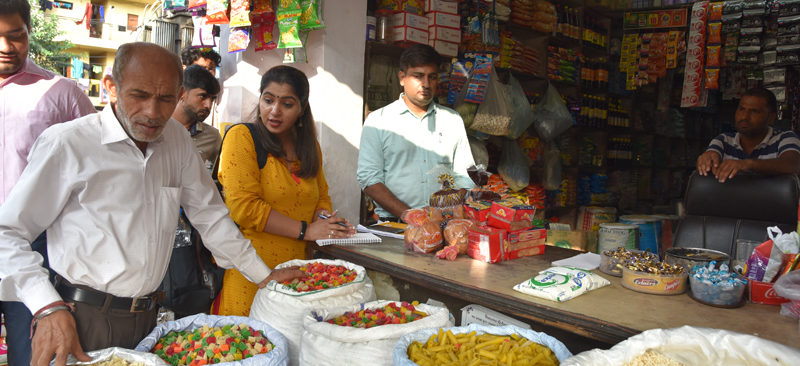
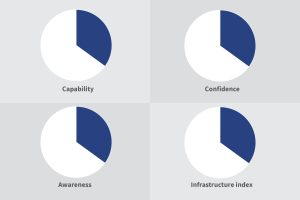 What makes her a high-hanging fruit?
What makes her a high-hanging fruit?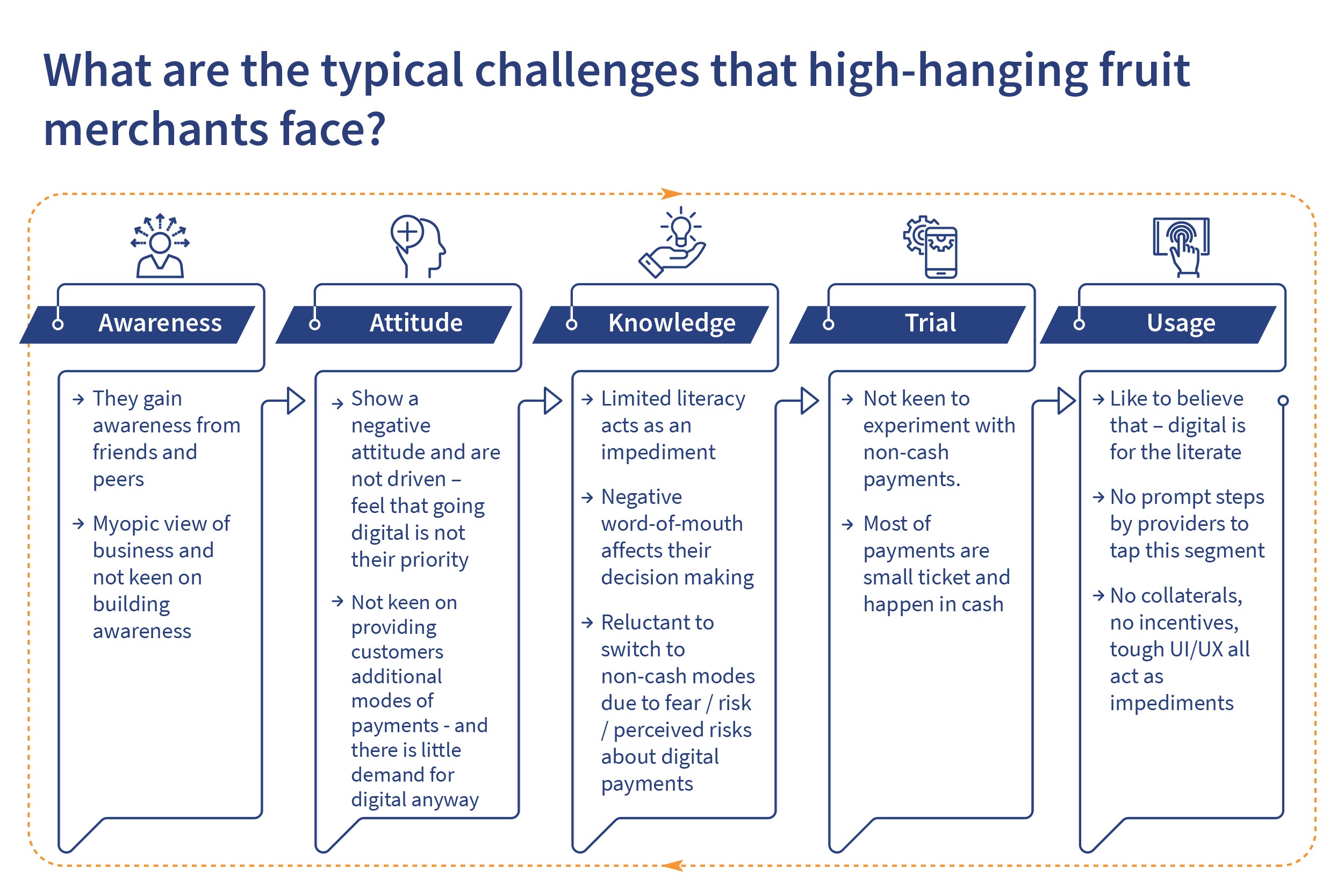
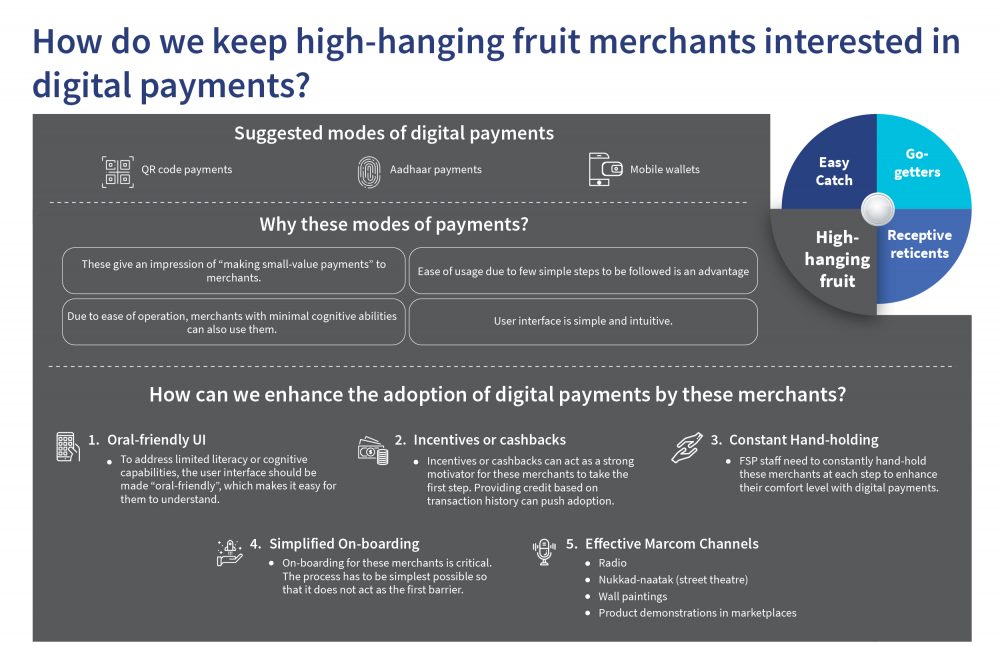
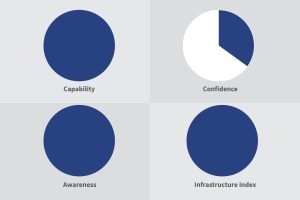 The easy-catch merchants
The easy-catch merchants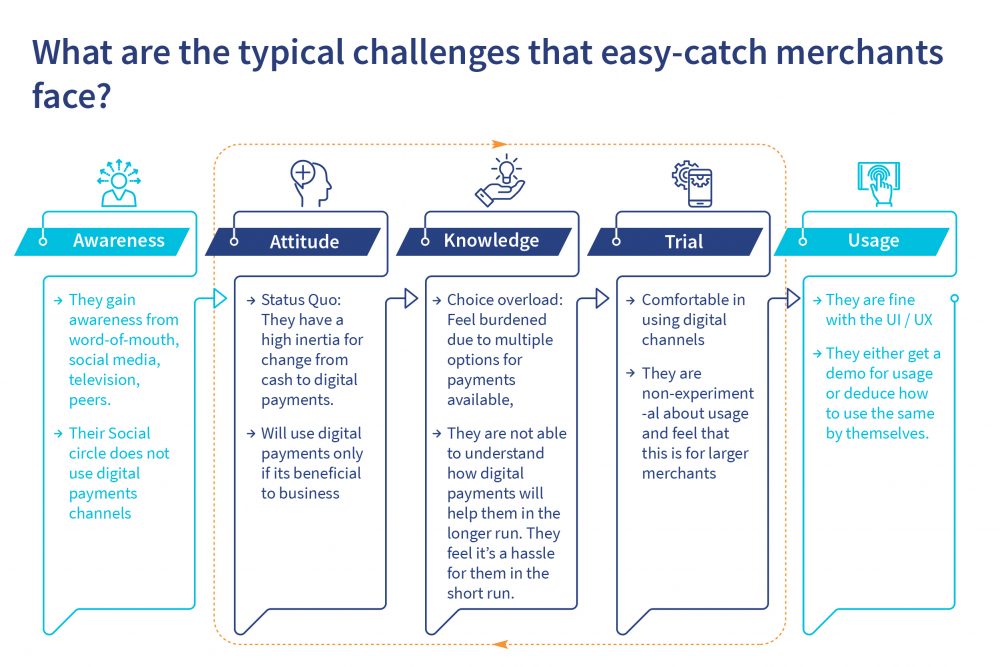
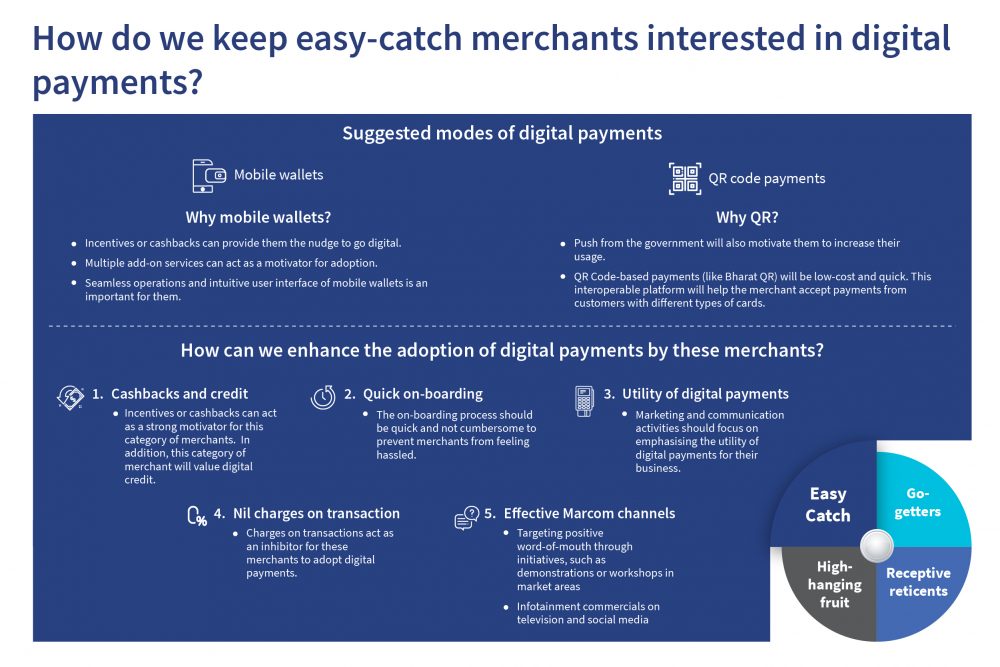


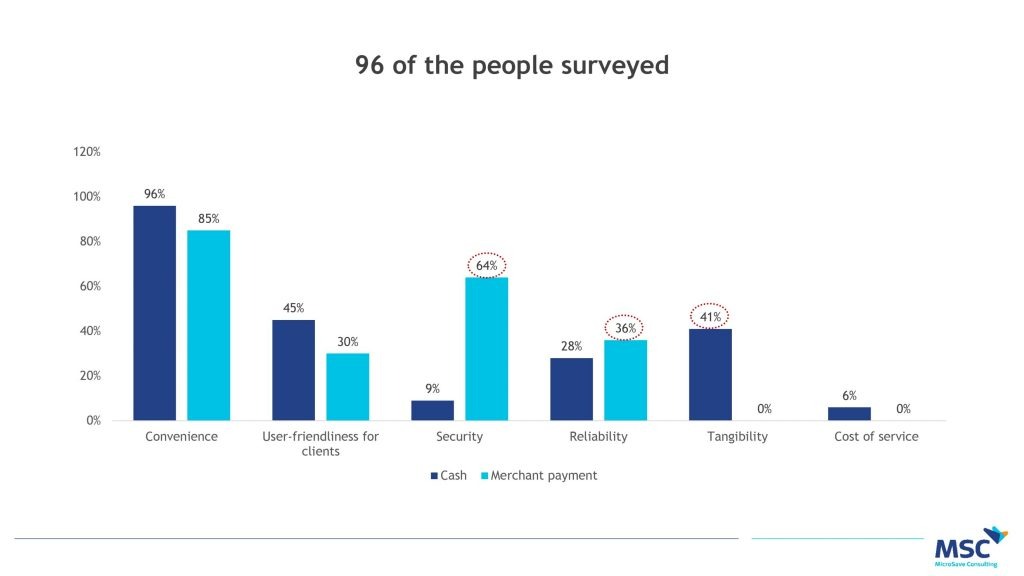
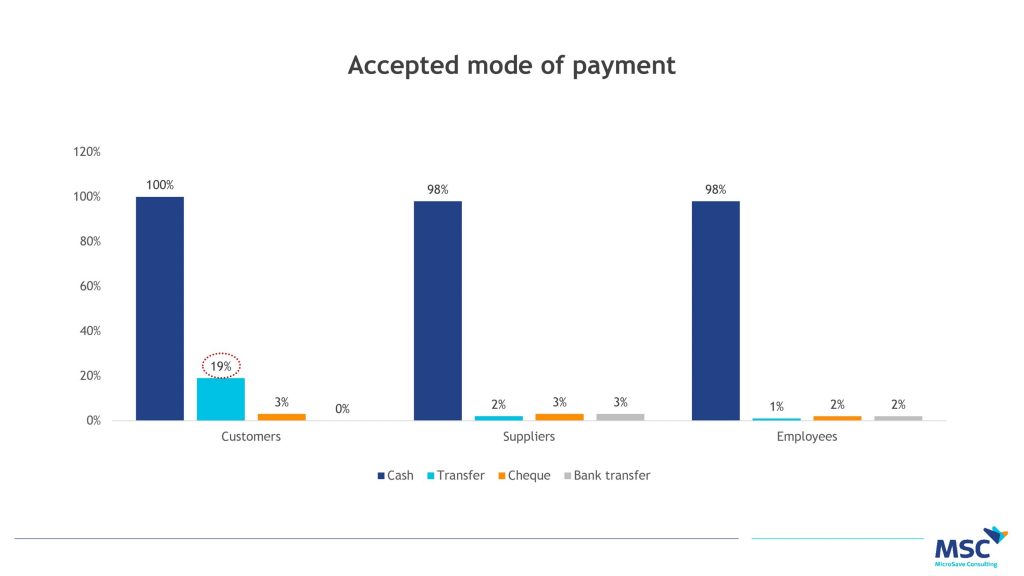

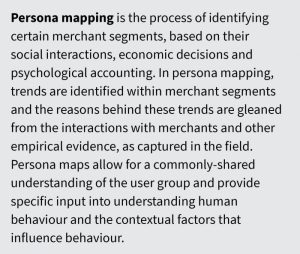
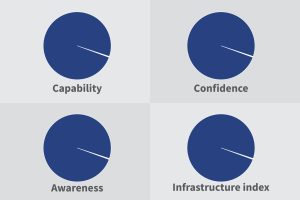
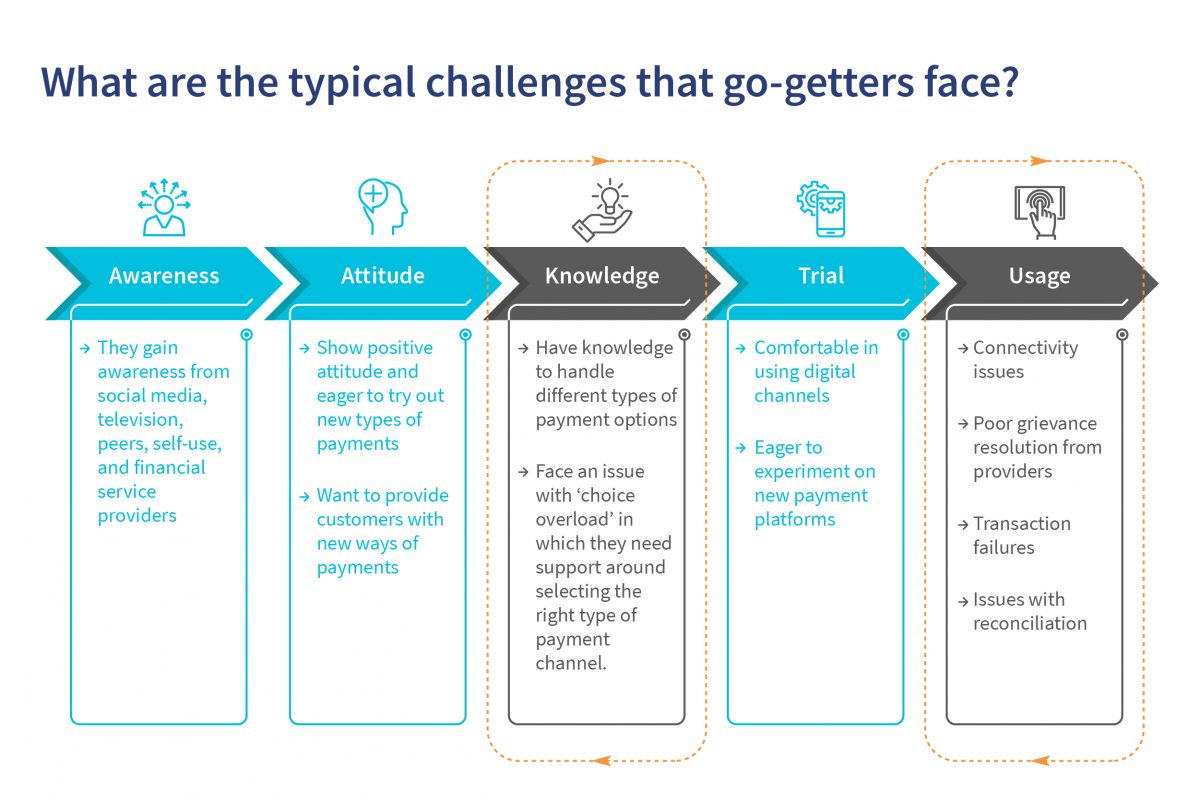
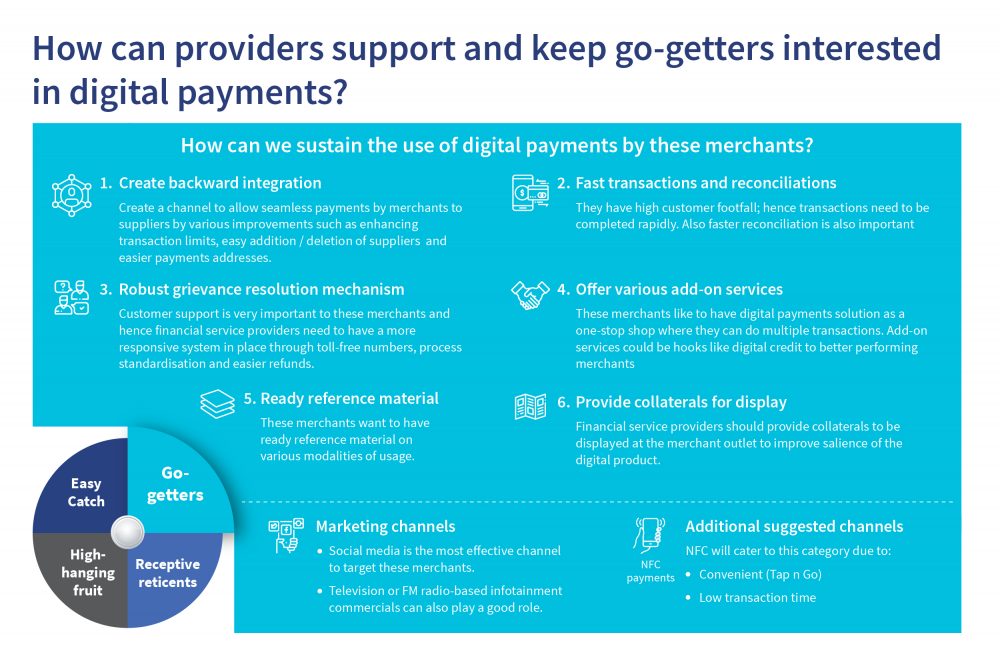
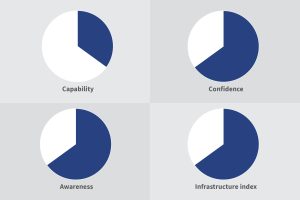 What makes him a receptive reticent?
What makes him a receptive reticent?